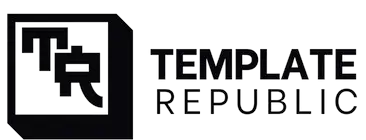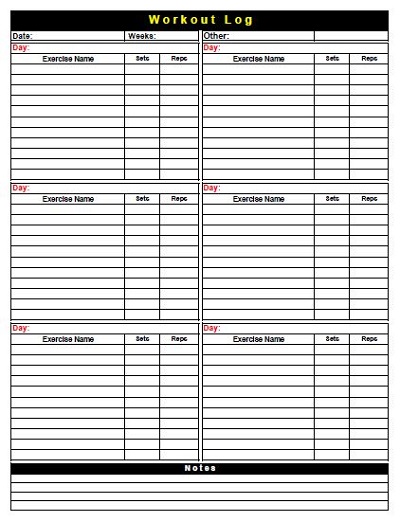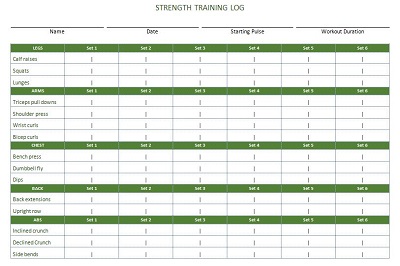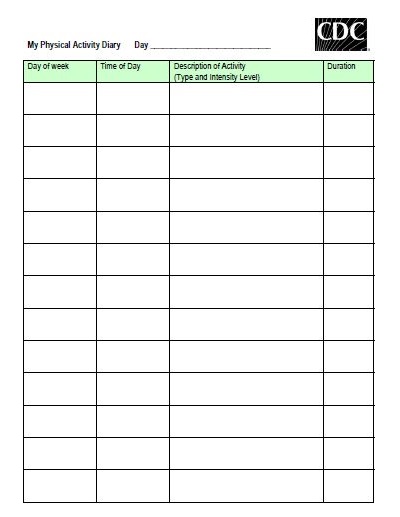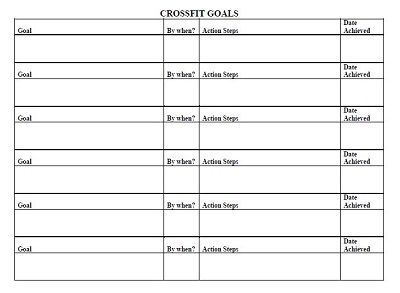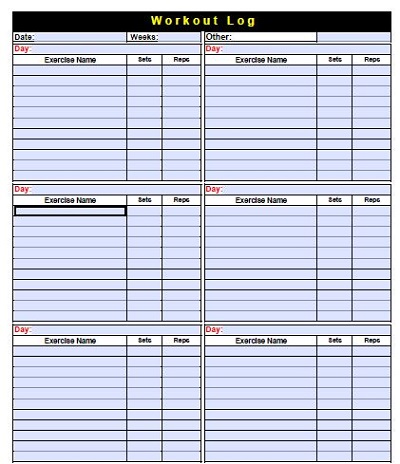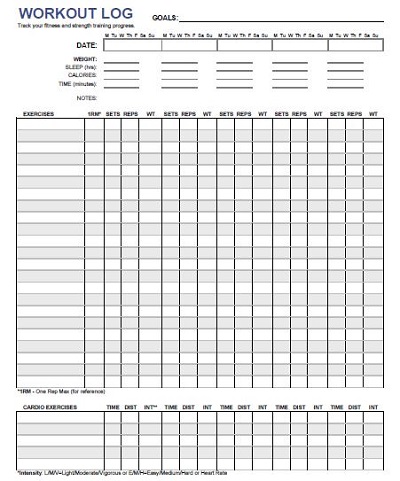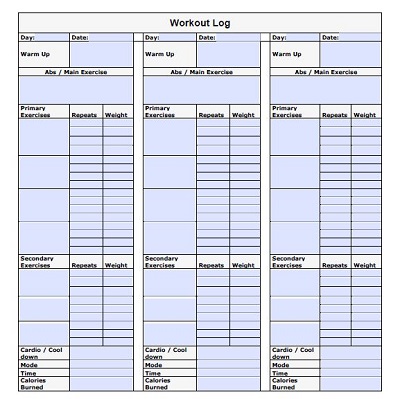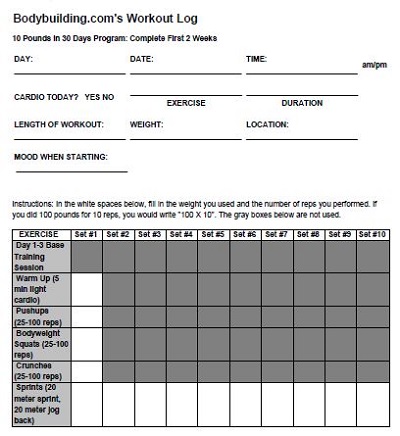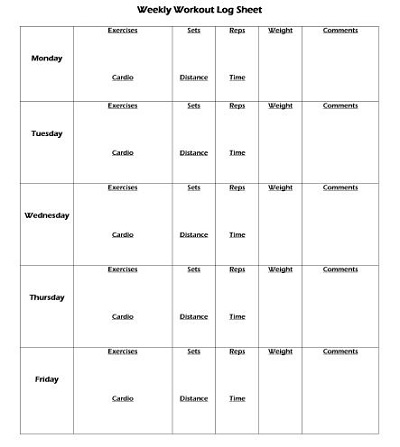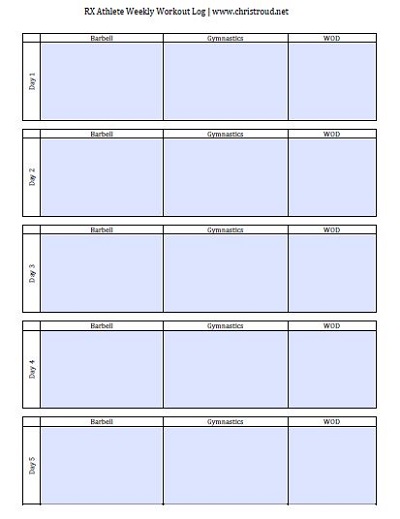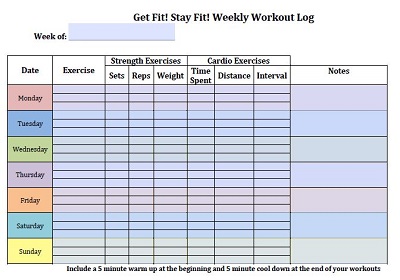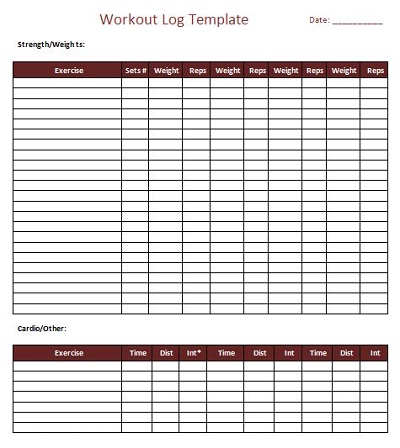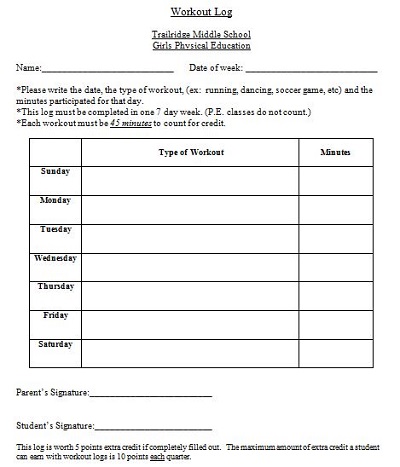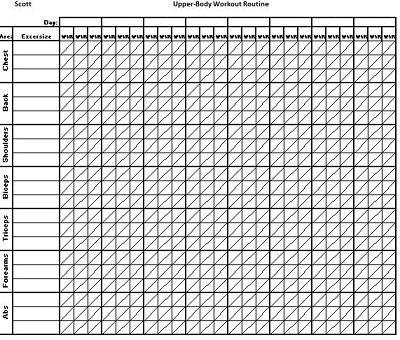25+ Free Workout Log Templates
Keeping a regular workout log can have numerous benefits in your fitness journey. Having a daily or weekly log can help you stay organized and track progress easily. By monitoring your preferred exercises, training frequency, and other details over time, you’ll be able to identify trends that might elude casual consideration.
Table of Contents
This can help you refine workouts for improved results. In addition, having detailed notes on the specifics of each session from warm-up to cool-down provides clear objectives for performance improvement; so even if the overall output isn’t increasing, it’s still satisfying when the technique is perfected.
Download Free Workout Log Templates
What is a Workout Log?
A workout log is an online or physical journal where you document all the details of your exercise routine. It can include information such as the type of exercise you did, the number of sets and reps completed, the weight lifted, rest times between sets, and more. By logging each workout session in detail, you can easily refer back to previous workouts to gauge your progress over time. When used correctly, it can also help you identify areas that need improvement so that you can adjust your program accordingly.
Why is Keeping a Workout Log Important?
Keeping a detailed record of all your workouts enables you to track changes in strength and endurance from session to session. This helps ensure that you are pushing yourself hard enough during each workout to make measurable progress toward reaching your individual fitness goals.
Additionally, having access to this data allows you to monitor any changes in performance due to injury or illness so that appropriate adjustments can be made in order for you to safely return back into training as soon as possible. Finally, it provides motivation by allowing you to look back at past successes and celebrate any milestones reached along the way.
How To Use A Workout Log Properly
The most effective way to use a workout log is by setting achievable goals before each session and writing them down in the logbook prior to starting your workout. This will help keep you focused on what needs to be done during that particular day’s training session. As mentioned previously, it’s also important to document all relevant details such as weights lifted and rest times between sets so that progress can be tracked over time.
Finally, set aside sometime after each session for reflection; use this opportunity to ask yourself questions such as “Was I pushing myself hard enough today?” or “Are there any areas I need further improvement on?” Doing so will help ensure continuous progress toward achieving your individual fitness goals.
How to Create the Perfect Workout Log Template
A well-crafted workout log template can help you stay on top of your fitness goals. Having a detailed plan of attack is key to staying motivated and achieving success in any fitness endeavor. With a little bit of planning, you can create a personalized workout log that works for you and keeps you on track.
Start With Your Goals
The first step in creating an effective workout log template is to determine your goals. Are you looking to lose weight, gain muscle, or just stay healthy? This will give you an idea of what type of exercises should be included in your template, such as weight lifting for muscle building or cardio for fat burning. You should also include specific goals like “lose 5 pounds” or “run 5 miles” so that you have something specific to aim for each day. This will help keep you motivated and on track with your plan.
Track Your Progress
Once you have established your goals, it is time to track your progress with a good workout log template. Start by logging all of the exercises that you do each day. Make sure to note the intensity level and duration of each exercise as well as any extra details like reps and sets if applicable. After each session, record how you felt during the workout so that you can look back later and see how far you have come since day one.
Schedule Your Workouts
Now it is time to create a schedule for yourself with your new workout log template. Taking into account all of the information from step two, decide when it makes sense for you to do which exercises during the week. Make sure to include breaks between workouts so that your body has adequate time to recover before tackling another session. Finally, set realistic expectations for yourself, don’t be too hard on yourself if one day doesn’t go according to plan just get back up and try again tomorrow.
